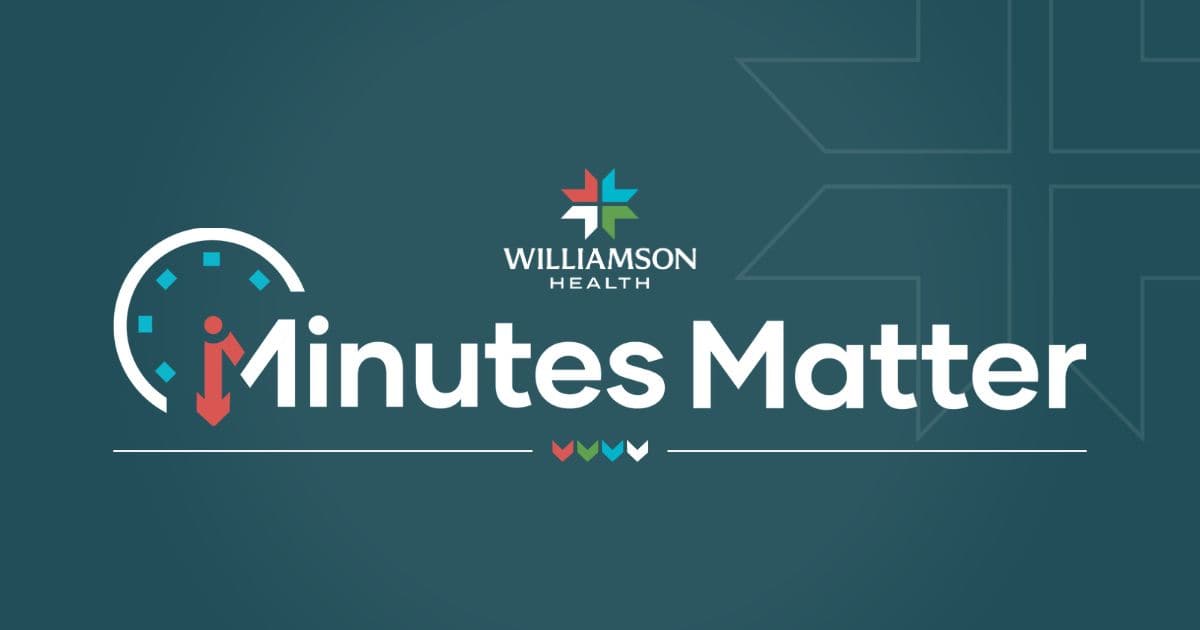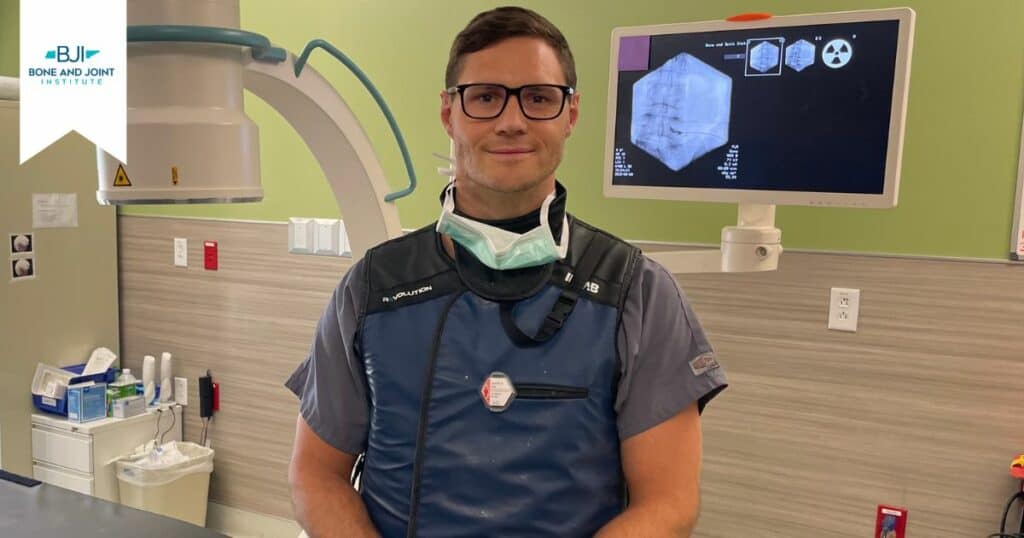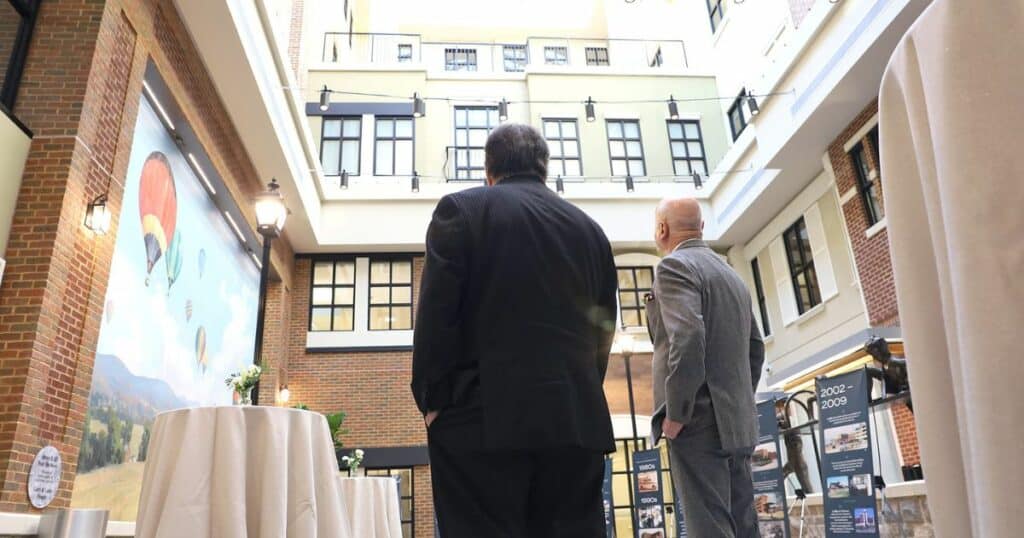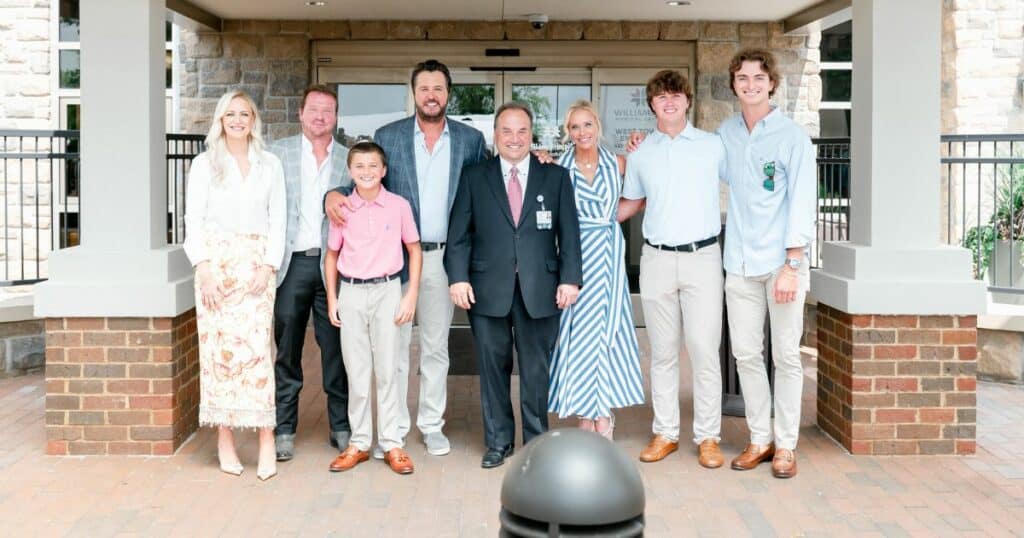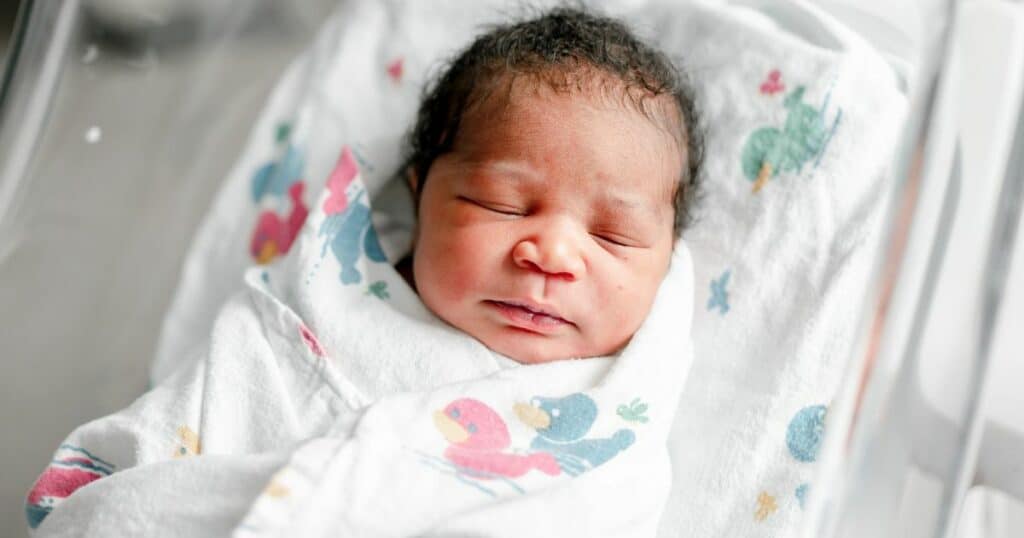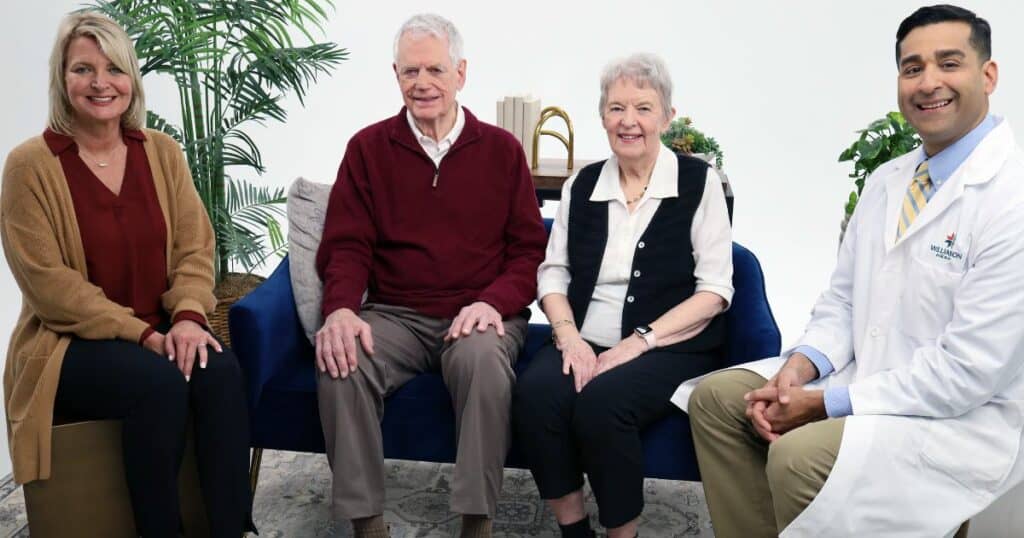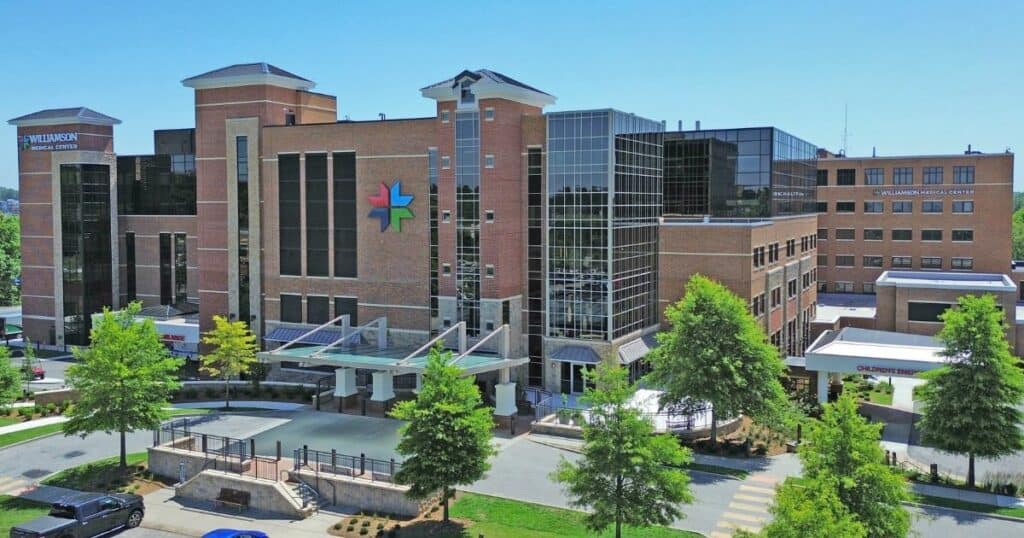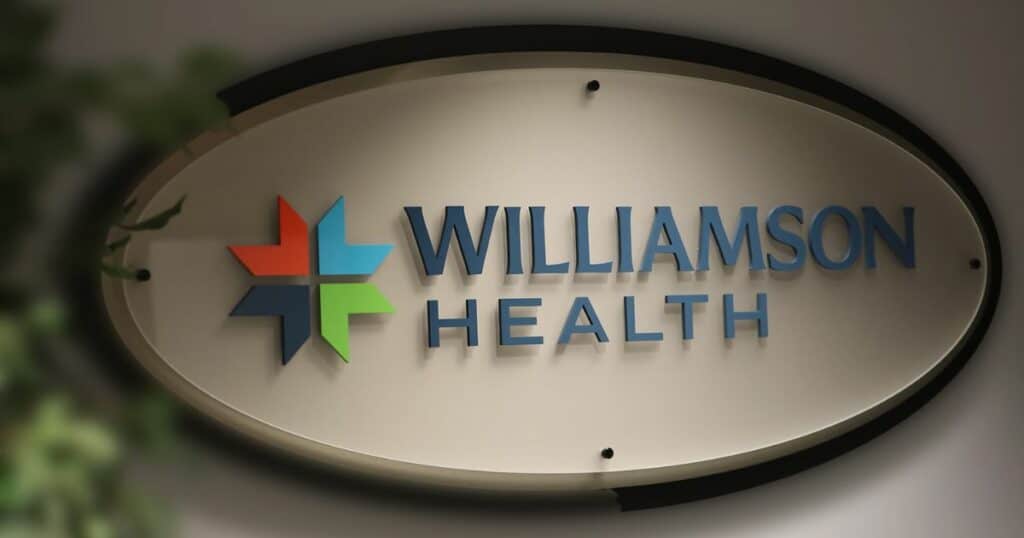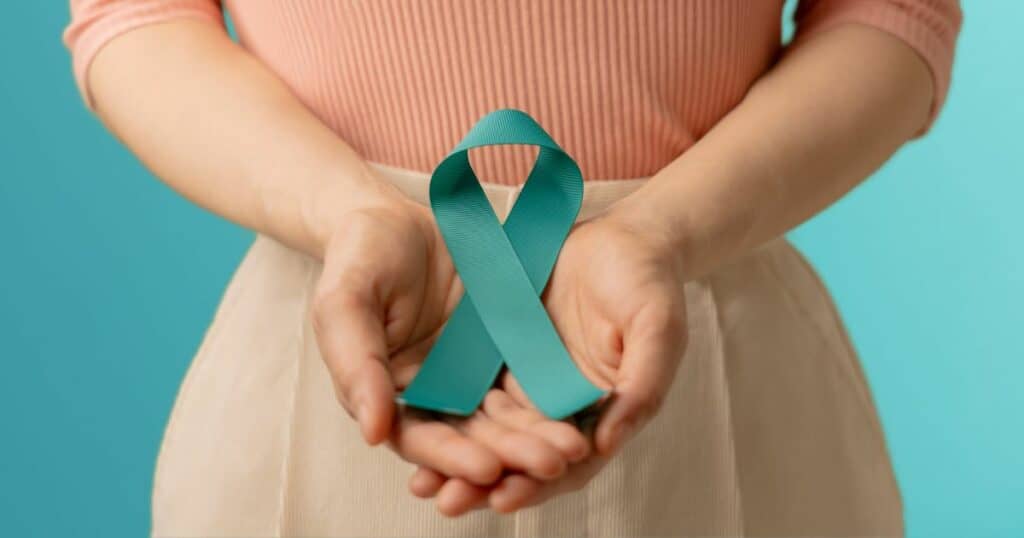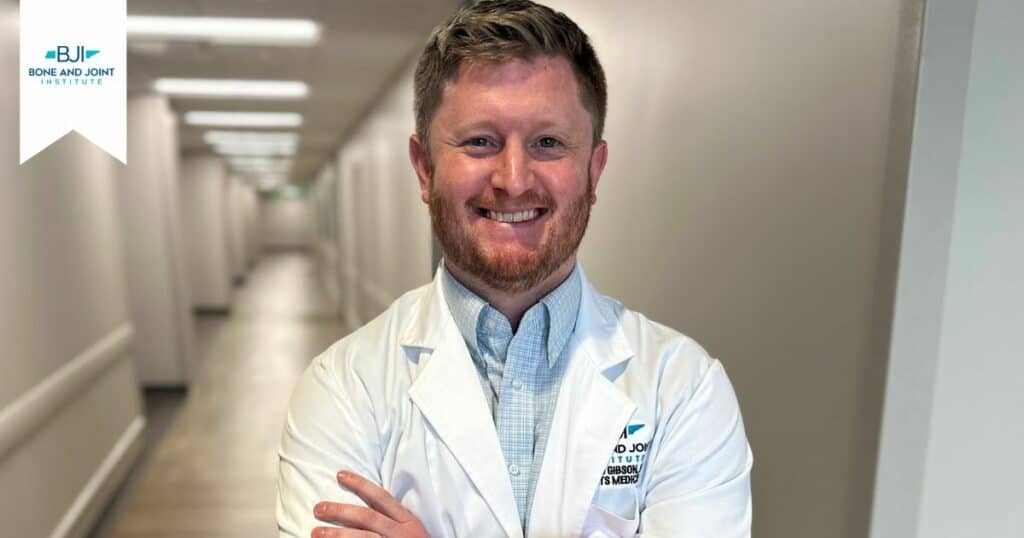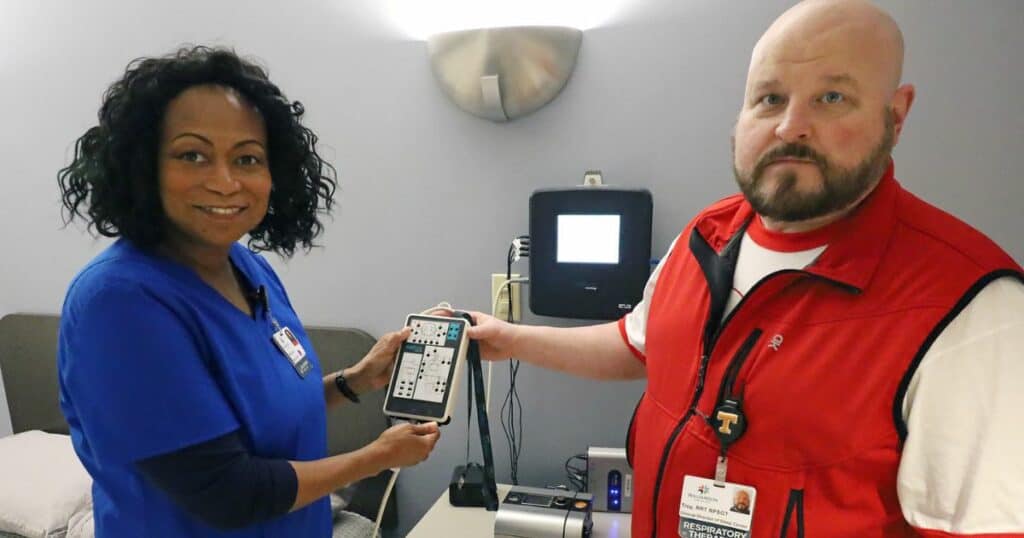When A Heart Attack Strikes, Minutes Matter
Published: February 10, 2024
Minutes Matter – when a heart attack strikes, it’s critical to act quickly. Fast medical treatment can drastically improve your survival when individuals receive lifesaving care during the “golden hour” – within 60 minutes following heart attack symptoms.
According to the National Institutes of Health, about half of those who die from heart attacks will die within an hour of their first symptom. Permanent damage can occur in as little as 30 minutes. Being able to quickly recognize what’s happening and act may save your life or the life of someone you love.
Here are the important steps to take if you or someone you know is having a heart attack:
1. Quickly access the symptoms
Someone having a heart attack may exhibit one or more of the following symptoms. Remember that symptoms may present differently for men and women.
- Common symptoms for men:
- Cold sweat or nausea
- Chest pressure or pain
- Shortness of breath
- Pain in one or both arms, the back, neck, jaw or stomach
- Common symptoms for women:
- Lightheadedness or dizziness
- Upper back pressure
- Chest pressure
- Shortness of breath
- Pain in one or both arms, the back, neck, jaw or stomach
- Fainting or extreme fatigue
2. Call 911
If you have any of the above heart attack symptoms and are unsure of the cause, call 911.
- Getting professional medical help as quickly as possible is a top priority.
- Treatments work best the sooner they are administered after the beginning of heart attack symptoms.
- According to the American Heart Association (AHA)Trusted Source, calling an ambulance allows treatment to begin faster than if people travel to the hospital by car.
- When you call 911, Williamson Health’s Emergency Medical Service (EMS) team brings lifesaving medical response to you, no matter where you are in Williamson County – and continues emergency care until you reach the hospital.
- As part of Williamson Health’s integrated technology system, its EMS staff can transmit EKGs from the field to the Williamson Medical Center Emergency Department. Hospital staff activate the cardiology team to prepare the catheterization lab ahead of the patient’s arrival at the ED. This saves precious time during a heart attack.
- While it might seem faster or less of a hassle to drive to the ER rather than calling 911, unforeseen challenges like traffic, vehicle issues, or worsening symptoms could delay your care which could lead to unfavorable outcomes and/or death. Don’t risk driving to the ER with chest pain, even if you’re not the one behind the wheel.
3. Chew an aspirin (if advised by 911 and not allergic)
The 911 operator may recommend that you chew or crush and swallow an aspirin if you don’t have an allergy or condition that makes aspirin use risky. Aspirin inhibits the activity of the platelets to thin the blood and potentially break up clots. This keeps blood flowing and prevents further damage to the heart, increasing your chances of survival.
4. Begin CPR
If the person is unconscious, begin CPR or follow the instructions on an automated external defibrillator (AED) if one is available.
- Begin CPR immediately while a second bystander retrieves or looks for an AED.
- To perform CPR, place the heel of one hand in the center of the chest. Place the other hand on top and interlock the fingers. Push straight down hard and fast at 100 to 120 beats a minute. That’s the rhythm of the Bee Gees’ “Stayin’ Alive.”
- Each minute that CPR is delayed decreases the odds of survival by about 10 percent.
- Roughly 350,000 U.S. adults experience an out-of-hospital cardiac arrest annually in the United States, according to AHA statistics. But bystanders administer CPR in only about 40 percent of cases.
- Training currently emphasizes hands-only CPR for the first few minutes. Hands-only CPR is as effective in the first few minutes after cardiac arrest in adults and teens compared to the familiar CPR using rescue breaths.
- All Williamson Health ambulances are equipped with the LUCAS 3 Device, an automated CPR technology that provides continuous chest compressions throughout the duration of care to patients experiencing cardiac arrest.
Williamson Health’s broad range of state-of-the art heart health services includes a chest pain center, two on-site heart catheterization labs, cardiac stress testing, cardiac and pulmonary rehab programs, and more. A $200 million expansion and renovation at Williamson Medical Center includes additional improvements to the hospital’s Heart Center, including a brand-new electrophysiology (EP) lab and larger and more modern intensive care unit (ICU) and adult emergency department (ED).
Learn more about the wide variety of cardiac services Williamson Health offers by visiting WilliamsonHealth.org/CardiacCare.
When A Heart Attack Strikes, Minutes Matter
Minutes Matter – when a heart attack strikes, it’s critical to act quickly. Fast medical treatment can drastically improve your survival when individuals receive lifesaving care during the “golden hour” – within 60 minutes following heart attack symptoms.
According to the National Institutes of Health, about half of those who die from heart attacks will die within an hour of their first symptom. Permanent damage can occur in as little as 30 minutes. Being able to quickly recognize what’s happening and act may save your life or the life of someone you love.
Here are the important steps to take if you or someone you know is having a heart attack:
1. Quickly access the symptoms
Someone having a heart attack may exhibit one or more of the following symptoms. Remember that symptoms may present differently for men and women.
- Common symptoms for men:
- Cold sweat or nausea
- Chest pressure or pain
- Shortness of breath
- Pain in one or both arms, the back, neck, jaw or stomach
- Common symptoms for women:
- Lightheadedness or dizziness
- Upper back pressure
- Chest pressure
- Shortness of breath
- Pain in one or both arms, the back, neck, jaw or stomach
- Fainting or extreme fatigue
2. Call 911
If you have any of the above heart attack symptoms and are unsure of the cause, call 911.
- Getting professional medical help as quickly as possible is a top priority.
- Treatments work best the sooner they are administered after the beginning of heart attack symptoms.
- According to the American Heart Association (AHA)Trusted Source, calling an ambulance allows treatment to begin faster than if people travel to the hospital by car.
- When you call 911, Williamson Health’s Emergency Medical Service (EMS) team brings lifesaving medical response to you, no matter where you are in Williamson County – and continues emergency care until you reach the hospital.
- As part of Williamson Health’s integrated technology system, its EMS staff can transmit EKGs from the field to the Williamson Medical Center Emergency Department. Hospital staff activate the cardiology team to prepare the catheterization lab ahead of the patient’s arrival at the ED. This saves precious time during a heart attack.
- While it might seem faster or less of a hassle to drive to the ER rather than calling 911, unforeseen challenges like traffic, vehicle issues, or worsening symptoms could delay your care which could lead to unfavorable outcomes and/or death. Don’t risk driving to the ER with chest pain, even if you’re not the one behind the wheel.
3. Chew an aspirin (if advised by 911 and not allergic)
The 911 operator may recommend that you chew or crush and swallow an aspirin if you don’t have an allergy or condition that makes aspirin use risky. Aspirin inhibits the activity of the platelets to thin the blood and potentially break up clots. This keeps blood flowing and prevents further damage to the heart, increasing your chances of survival.
4. Begin CPR
If the person is unconscious, begin CPR or follow the instructions on an automated external defibrillator (AED) if one is available.
- Begin CPR immediately while a second bystander retrieves or looks for an AED.
- To perform CPR, place the heel of one hand in the center of the chest. Place the other hand on top and interlock the fingers. Push straight down hard and fast at 100 to 120 beats a minute. That’s the rhythm of the Bee Gees’ “Stayin’ Alive.”
- Each minute that CPR is delayed decreases the odds of survival by about 10 percent.
- Roughly 350,000 U.S. adults experience an out-of-hospital cardiac arrest annually in the United States, according to AHA statistics. But bystanders administer CPR in only about 40 percent of cases.
- Training currently emphasizes hands-only CPR for the first few minutes. Hands-only CPR is as effective in the first few minutes after cardiac arrest in adults and teens compared to the familiar CPR using rescue breaths.
- All Williamson Health ambulances are equipped with the LUCAS 3 Device, an automated CPR technology that provides continuous chest compressions throughout the duration of care to patients experiencing cardiac arrest.
Williamson Health’s broad range of state-of-the art heart health services includes a chest pain center, two on-site heart catheterization labs, cardiac stress testing, cardiac and pulmonary rehab programs, and more. A $200 million expansion and renovation at Williamson Medical Center includes additional improvements to the hospital’s Heart Center, including a brand-new electrophysiology (EP) lab and larger and more modern intensive care unit (ICU) and adult emergency department (ED).
Learn more about the wide variety of cardiac services Williamson Health offers by visiting WilliamsonHealth.org/CardiacCare.
Published: February 10, 2024
